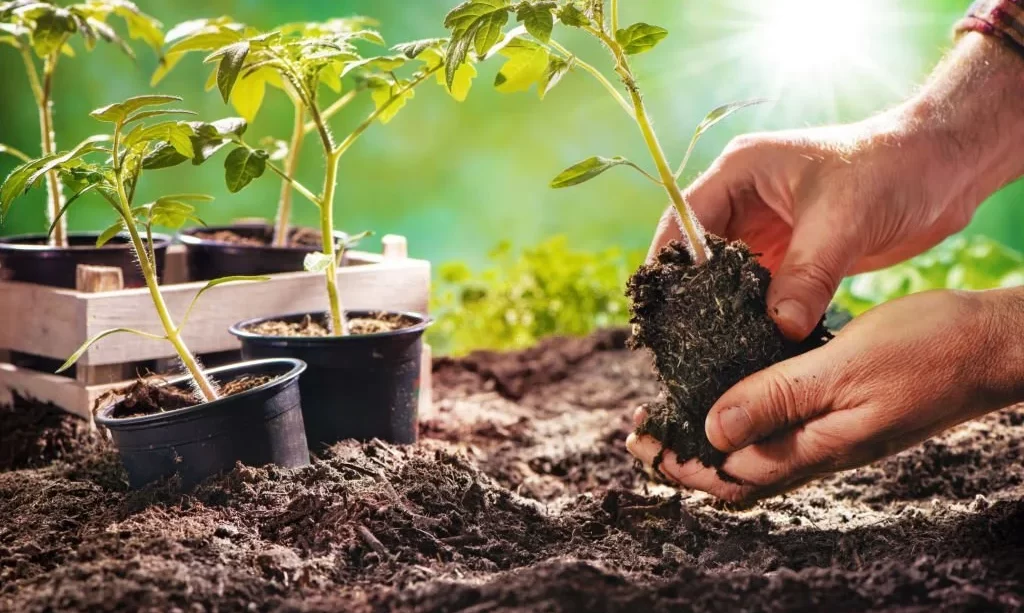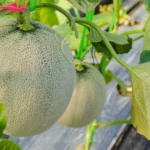Tomatoes, those delightful fruits that enhance our salads and sauces, begin their life as humble seedlings. Recognizing these early stages of growth is essential for any aspiring tomato grower. In this simple guide, we’ll help you understand the telltale signs of tomato seedlings, enabling you to nurture these tiny plants into bountiful tomato producers.
- 🍅 Fantastic addition to your home garden! The Floradade Tomato is a delicious, bright red variety that has a great ability to withstand heat and produce high yields!
- ☀️ The plants grow approx 6 ft and are full of bunches of tomato that grow in clusters of about 5 to 6 tomatoes.Start tomatoes indoors 6-8 weeks before the last frost of spring, sowing the seeds in a flat 1/4″ deep and 1″ apart. Keep the temperature at 70-75 degrees F until germination.
- 💦 Latin Name: Lycopersicon esceluntum Type: Open Pollinated, Heirloom, Indeterminate, Warm Season
- 🌎 Hardiness Zones: 3, 4, 5, 6, 7, 8, 9, 10, 11, 12
- 📷 Please post photos of your tomato plants in a review! – Isla’s Garden 👩🌾
Appearance of Tomato Seedlings
Tomato seedlings make their debut as tender shoots emerging from the soil. At this early stage, they bear a pair of small, oval-shaped leaves known as cotyledons. These cotyledons serve as the initial energy source for the seedling. As the tomato seedlings progress, they begin to grow their first “true leaves”.
These true leaves differ from the cotyledons in shape and structure. They are often serrated along the edges, and their appearance resembles the mature leaves of a full-grown tomato plant. As the seedlings mature, the true leaves will increase in number and size, setting the stage for the tomato plant’s growth.
Stay with us as we delve deeper into the characteristics of tomato seedlings, equipping you with the knowledge needed to ensure the success of your tomato-growing venture.
Leaf Structure
The leaves of tomato seedlings undergo a transformation as they develop. While the initial pair of cotyledons are small and simple, the true leaves that follow exhibit a more intricate structure. These true leaves are characterized by their serrated or slightly jagged edges. The jagged appearance is a distinctive feature that sets them apart from the smooth contours of the cotyledons.
True tomato leaves also have a textured surface, which adds to their unique appearance. As the seedlings grow, additional sets of true leaves will emerge, gradually replacing the cotyledons. The development of these true leaves is a positive indicator of the seedlings’ health and progression.
Stem Growth
The stem of a tomato seedling plays a crucial role in its growth. Initially, the stem is thin and delicate, reflecting the early stages of development. A notable trait of young tomato seedlings is a slight purplish tint that may appear on the stem. This purplish coloration is a natural response to light and is more pronounced in some tomato varieties.
As the seedlings continue to grow, the stem gains strength and thickness. This growth is vital to support the development of leaves and eventually bear the weight of the fruit. The stem elongates, allowing new leaves to emerge at intervals along its length.
Understanding the structure and growth patterns of tomato seedlings provides a valuable foundation for successful cultivation. In the upcoming sections, we’ll explore additional growth cues that will help you nurture your tomato plants from their early stages to robust fruition. Stay tuned for more insights on caring for your tomato seedlings.
Growth Patterns
Observing the growth patterns of tomato seedlings can provide valuable insights into their development. As the seedlings continue to grow, they exhibit an upward growth tendency, reaching towards the source of light. This growth pattern is known as “phototropism”. Tomato seedlings will elongate their stems to position their leaves closer to the light, ensuring optimal energy absorption for photosynthesis.
Additionally, new leaves emerge at the top of the stem as it elongates. This growth from the top creates a ladder-like arrangement of leaves along the stem. As the stem grows taller, the distance between leaves increases, allowing each leaf to receive adequate light without shading the leaves below.
Conclusion
Understanding the appearance and growth of tomato seedlings is a fundamental aspect of successful gardening. From the distinct leaf structure to the evolving stem growth and upward growth patterns, these cues provide valuable information about the health and progress of your tomato plants.
As you embark on your journey of growing tomatoes, armed with the knowledge of tomato seedling characteristics, you’re better equipped to provide the care and attention needed for their optimal development. By nurturing your tomato seedlings from their early stages, you’re setting the stage for a fruitful harvest of delicious and vibrant tomatoes. Remember, a strong start leads to a satisfying finish in the world of gardening.




